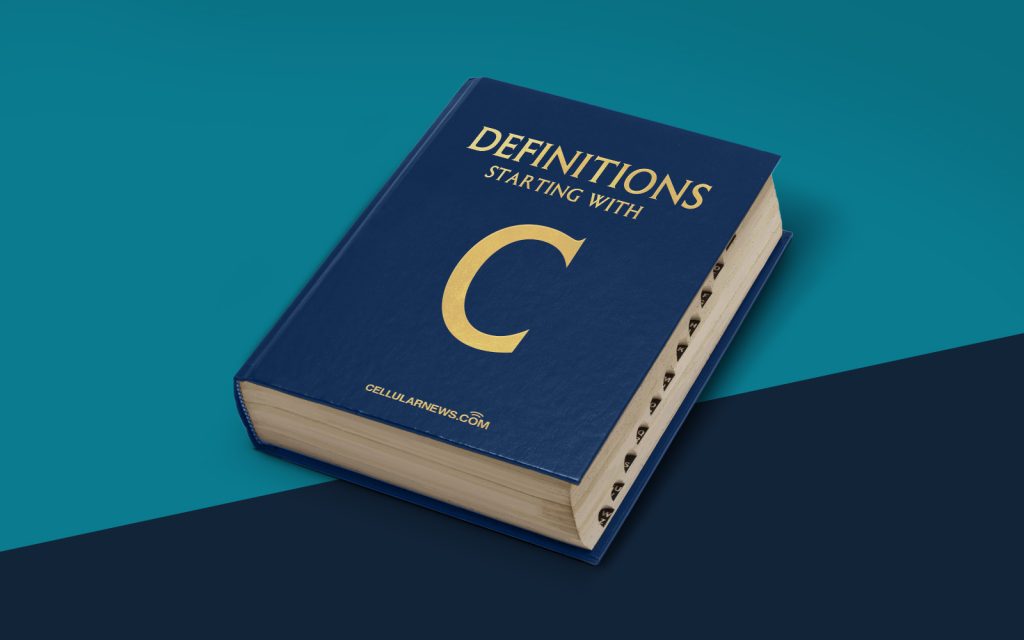
Introduction: Understanding the Magic of Card Readers
Have you ever wondered what happens when you swipe your credit card at a store or insert your debit card into an ATM? How does your card magically turn into money or allow you to make a purchase? The answer lies in a little device called a card reader. In this article, we will delve into the world of card readers and uncover their secrets.
Key Takeaways
- A card reader is a device that reads the information stored on a payment card, such as a credit card or debit card.
- Card readers are used in various industries, including retail stores, ATMs, and online payment gateways.
What is a Card Reader?
A card reader is a small electronic device that reads the information stored on a payment card. These cards, such as credit cards, debit cards, or even gift cards, have a magnetic stripe or a chip embedded with the cardholder’s information.
When you swipe or insert your card into a card reader, it retrieves the data from the magnetic stripe or the chip. This data includes your card number, expiration date, and sometimes a unique security code. The card reader then uses this information to process your payment or authorize the transaction.
Card readers are not limited to physical retail locations. They are also used in online payment gateways, where you enter your card information manually. In this case, the card reader reads the data you input and securely transmits it to the payment processor.
How Does a Card Reader Work?
Now that we know what a card reader is, let’s dive into how it works:
- Swiping or Inserting the Card: Depending on the type of card reader, you either swipe your card through a slot or insert it into a designated area.
- Reading the Data: The card reader uses a magnetic head in the case of a magnetic stripe card or an electronic contact in the case of a chip card to read the encoded data.
- Transferring the Data: Once the data is read, the card reader transfers it to the device it is connected to, whether it’s a cash register, an ATM, or an online payment gateway.
- Processing the Payment: The device receiving the data processes the payment or authorizes the transaction by communicating with the payment network, such as Visa or Mastercard.
- Finalizing the Transaction: If the payment is approved, the transaction is completed, and you receive a confirmation. If not, the transaction is declined, and you may need to provide an alternative payment method.
Security Considerations
With the increase in online transactions and the rise of digital payment methods, there are concerns about card reader security. Here are a few measures to ensure the safety of your card data:
- EMV Chip Cards: The introduction of EMV chip cards with advanced encryption technology has significantly reduced the risk of card fraud.
- Tokenization: Tokenization is a process where sensitive card data is replaced with a unique token, reducing the risk of data breaches.
- Frequently Monitor Accounts: Regularly reviewing your bank or credit card statements helps detect any unauthorized transactions.
- Secure Payment Gateways: When making online transactions, ensure you use reputable payment gateways that are PCI-DSS compliant.
In Conclusion
Card readers play a crucial role in our daily lives, enabling us to make purchases and access our funds conveniently. Whether you swipe your card at a store or enter your card information online, next time you use a card reader, you’ll have a better understanding of the magic happening behind the scenes.
